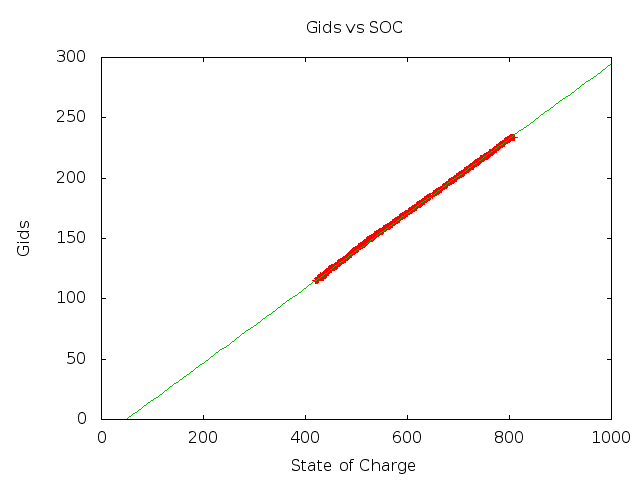It seems that many are confusing tank fullness (basically SOC or dashboard Bars)
with a Fuel Gauge. Yes, they would basically be the same IF the tank remained
the same "size" (capacity), but it does not. After 2 years, my car's tank appears
to be down only about 10%, but heading into the warm-summer "dip" in
capacity. A full charge still gives about 95% SOC, but the fuel on board is down
about 10% from what the new-car capacity would hold, about 89 %GIDs instead
of the original 100 %GIDs that I got 2 years ago.
So, for driving, SOC is not very helpful. %GIDs (or synthetic 'GIDs perhaps, if done well,
or kWh if we use a meaningful conversion constant) are fuel-related measures.
Remember, your car uses fuel to drive, not tank fullness.
So, showing SOC in small text (or Bars) for reference might be Ok just to satisfy
the curiosity of some, but if you have SOC and FUEL available, you will quickly
switch to using the Fuel gauge, and totally ignore any SOC-based gauge.
The suggestions above are talking about (and showing) SOC and Bars as if
they are meaningful measures. As your car's tank shrinhs, you will come
to understand that Tank Fullness is not as helpful as it could be. What good
are higher resolution Bars, if they are 10%, 20%, or 40% wrong?

Nissan could have displayed a Fuel Gauge, but they decided to hide
the car's capacity loss, and show Tank Fullness (Bars) instead.
Yes, SOC could be corrected with the current capacity (if we knew that accurately),
and that is basically how the synthetic 'GIDs estimate is derived.





